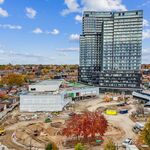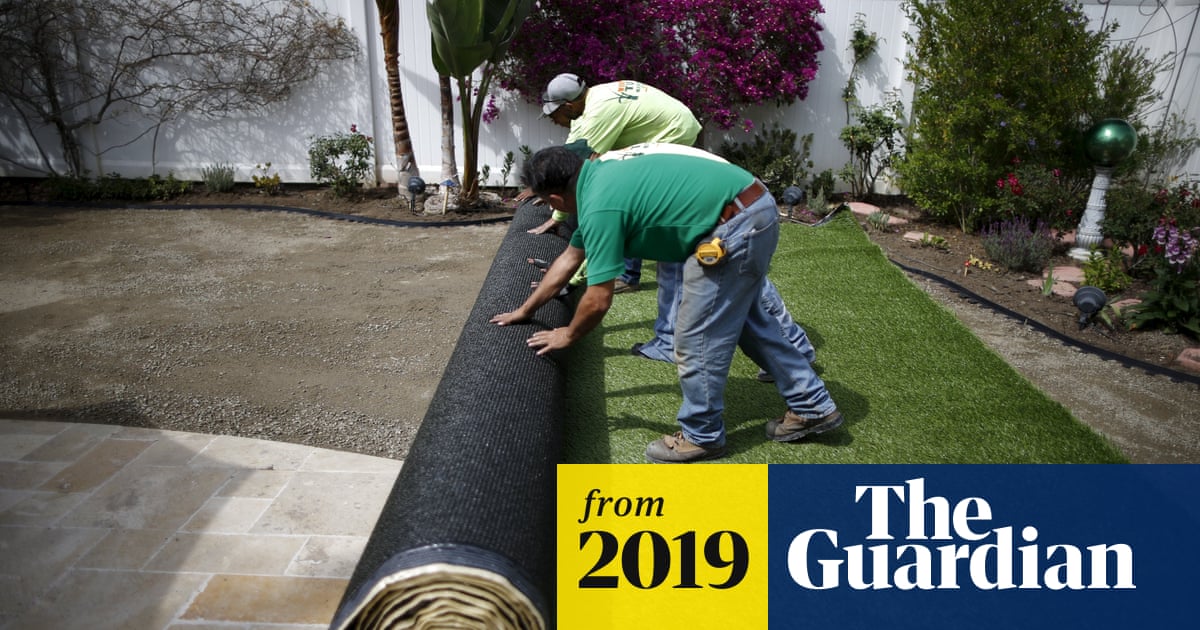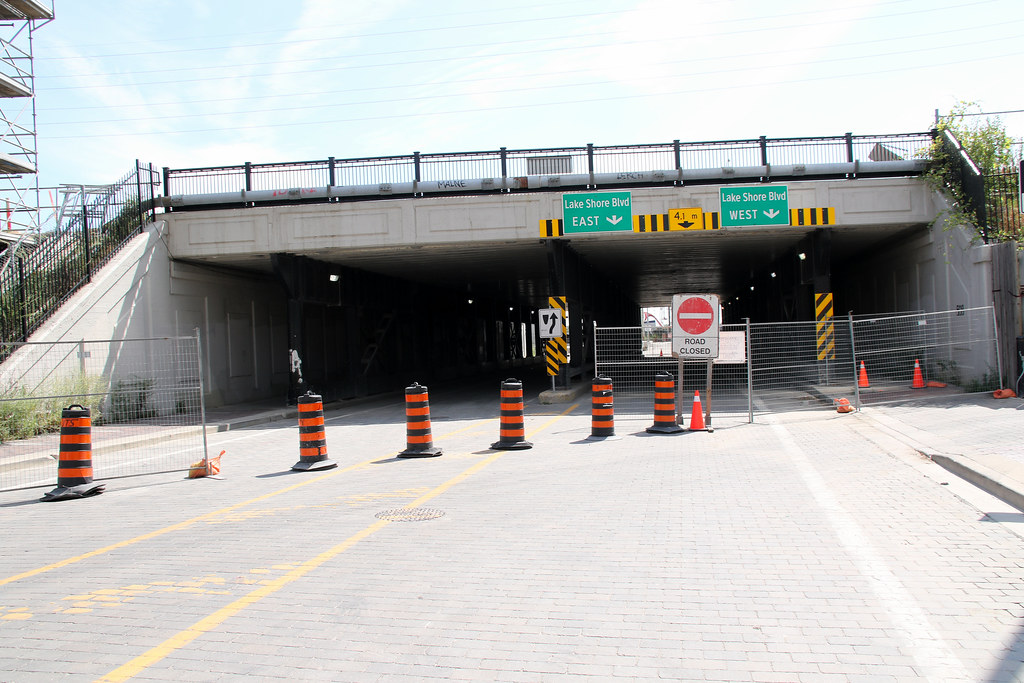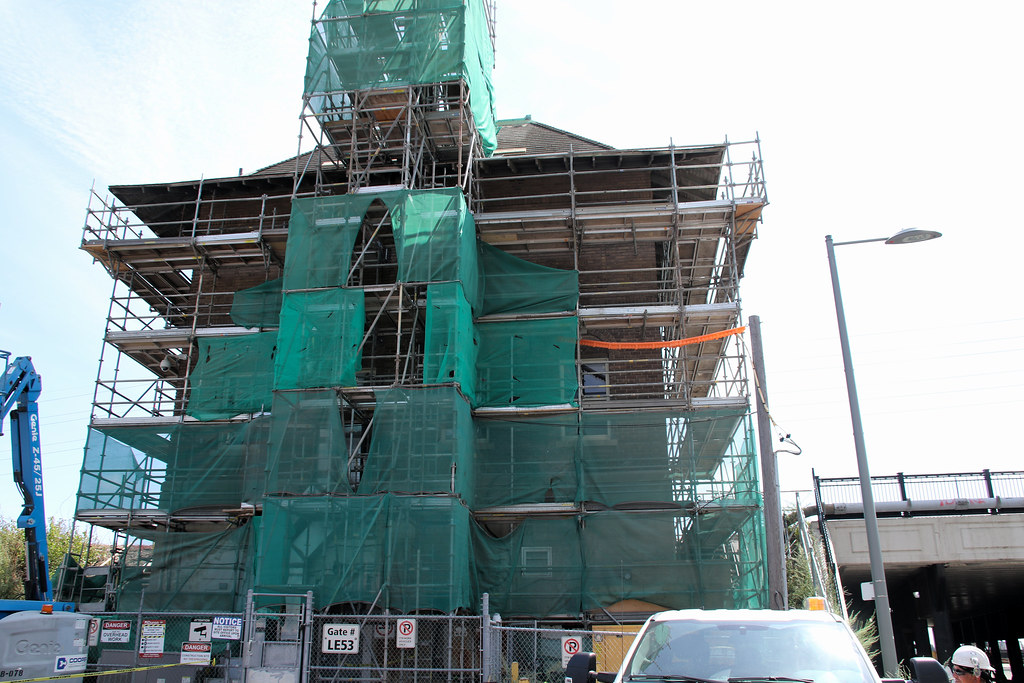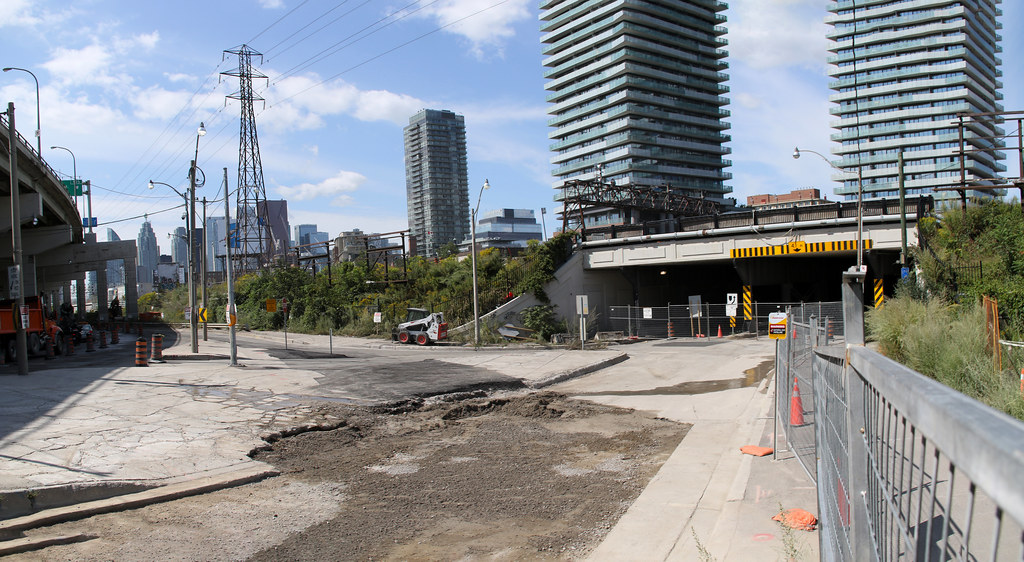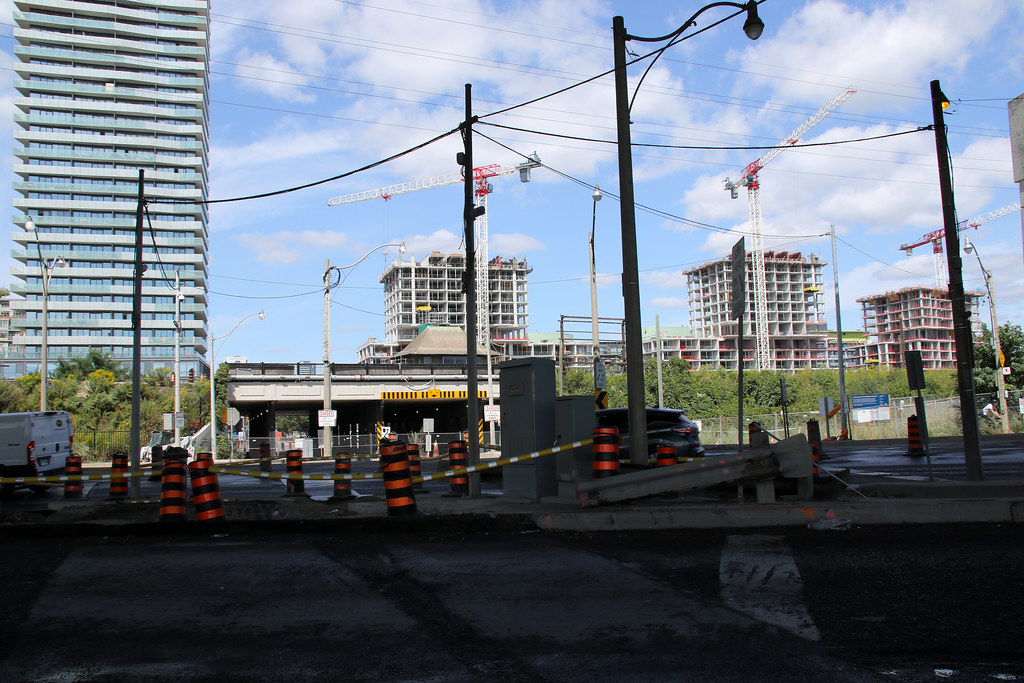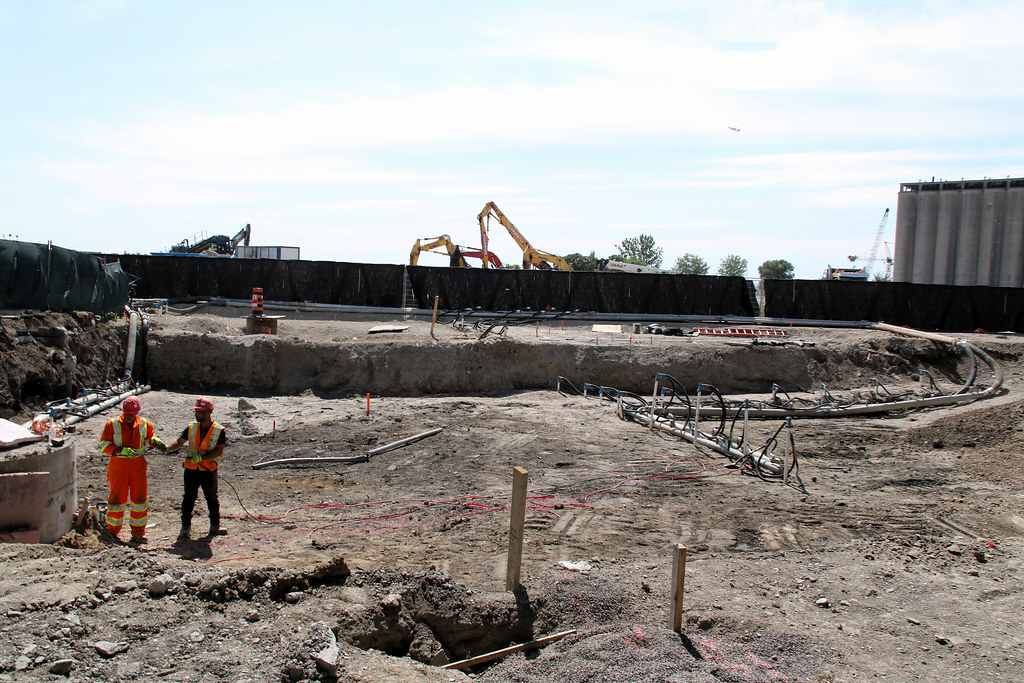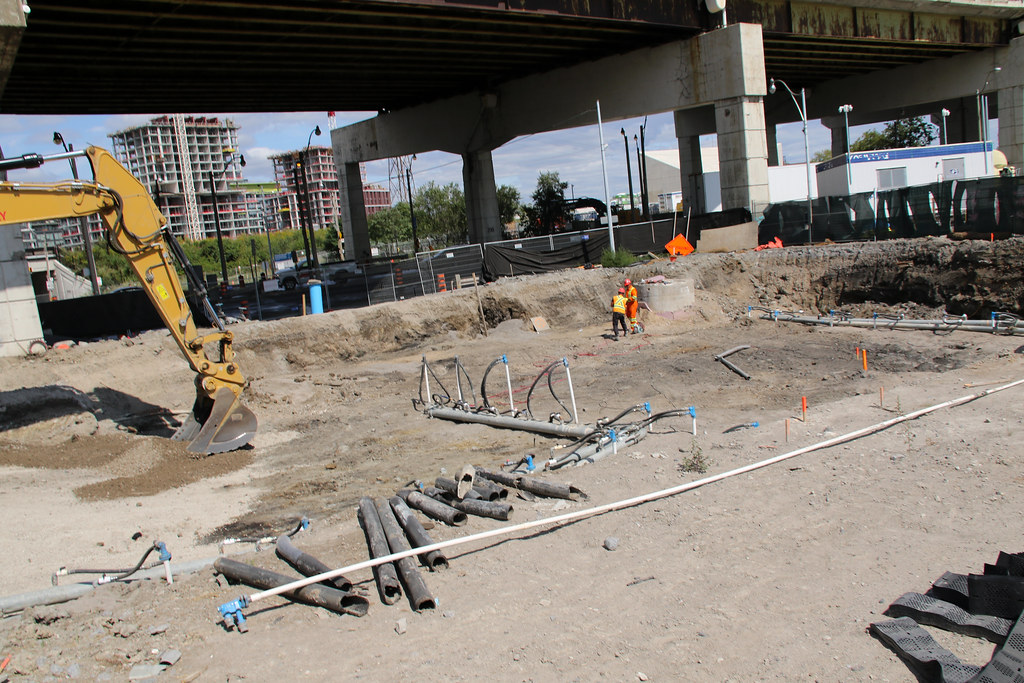That series of statements is somewhat problematic.
Yes, real grass can have drawbacks environmentally; though it certainly depends on your local climate and how you choose to maintain it; as well as what we're comparing it to.
Additionally, artificial grass has some very serious environmental issues. Notably, it contributes nothing to wildlife habitat, including insects and pollinators, and the birds that feed on same.
But there are also issues w/microplastics getting into the environment as the product deteriorates over time.
*****
The ideal standard is a natural garden of native plants, including grasses, which you don't mow, or treat chemically.
After that, a manicured garden of perennials (both native and non-native) would rank second, providing none of the plants are invasive, and that there is no chemical treatment or excessive watering.
Following that, I would rank grass (as in sod) as next, our climate, so long as people understand how to grow it in a responsible way. Letting the grass grow longer (at least 10cm) will allow it be much more drought-resistant.
Further, using the correct variety of grass for your lawn (some are meant to withstand some shade, some require full sun, others are more or less drought-tolerant) will reduce watering requirements and the need for weeding.
I would rank artificial grass, subject to it being designed to permit permeability of water to soil after that, and ahead of a hard surface such as paving/concrete/or impermeable brick.
*****
Now, if you've got a high property that water drains away from, full-sun everywhere etc, its unlikely that grass would be a reasonable choice.
Its most certainly completely irresponsible in natural desert areas like Southern California, Arizona, Nevada and parts of Texas where it simply can't be sustained without massive intervention.
****
A good article here from The Guardian:
It’s neat, easy – and a staggering £2bn global market. But as plastic grass takes over our cities, some say that it’s green only in colour

www.theguardian.com
*****
In respect of LRT ROW, it will really depend on what type of grass/sod they select, and what maintenance strategy they employ.
They could also choose something like sedum instead.



